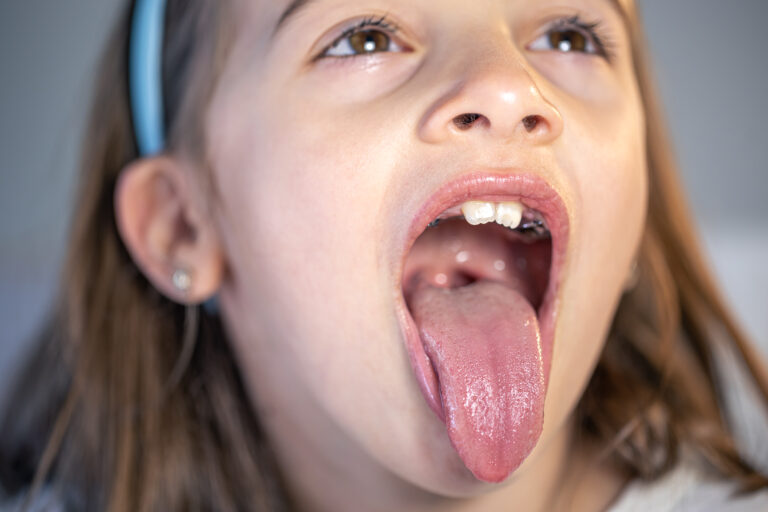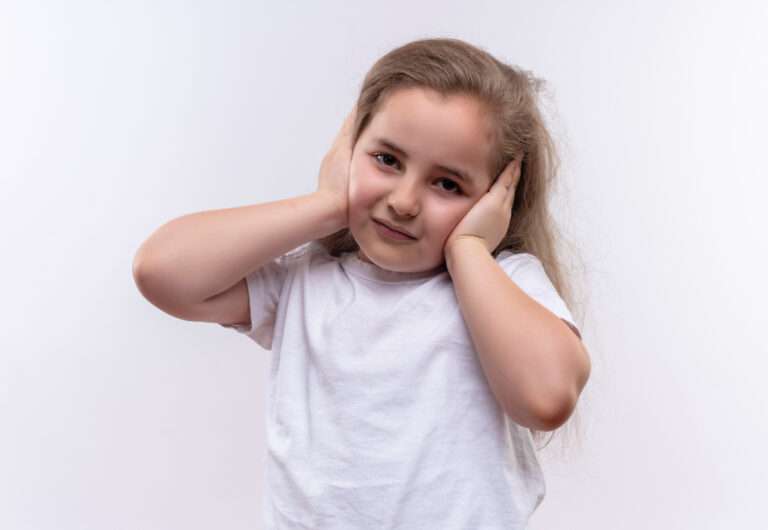Speech and language disorders in children
Speech and language disorders in children encompass a range of communication challenges that affect a child’s ability to express themselves, understand language, or communicate effectively. These disorders can have a significant impact on a child’s social, academic, and emotional development. Here’s an overview of speech and language disorders in children:
Types of Speech and Language Disorders:
- Speech Sound Disorders (Articulation Disorders):
- Articulation disorders involve difficulty pronouncing specific sounds or words. Common issues include substituting one sound for another, omitting sounds, or distorting sounds.
- Language Disorders:
- Language disorders involve difficulties with the comprehension or expression of spoken or written language. These can be further divided into two categories:
- Expressive Language Disorder: Children with this disorder struggle to express themselves clearly, have limited vocabulary, and may have difficulty forming grammatically correct sentences.
- Receptive Language Disorder: Children with receptive language disorder have trouble understanding spoken or written language, making it challenging to follow directions or comprehend stories.
- Language disorders involve difficulties with the comprehension or expression of spoken or written language. These can be further divided into two categories:
- Phonological Disorders:
- Phonological disorders involve patterns of sound errors that affect multiple sounds in a consistent way. These errors can make a child’s speech difficult to understand.
- Stuttering (Fluency Disorder):
- Stuttering is characterized by disruptions in the normal flow of speech. It often involves repetitions of sounds, syllables, or words, as well as prolonged sounds or blocks.
- Voice Disorders:
- Voice disorders involve problems with pitch, loudness, or vocal quality. Children with voice disorders may have a hoarse or raspy voice.
Causes:
- Speech and language disorders in children can have various causes, including:
- Genetic factors.
- Neurological conditions.
- Hearing impairments.
- Early childhood illnesses.
- Environmental factors (e.g., limited exposure to language).
- Developmental disorders, such as autism spectrum disorder.
Diagnosis:
- Evaluation and diagnosis of speech and language disorders typically involve a speech-language pathologist (SLP). The SLP will assess the child’s speech and language skills, conduct standardized assessments, and gather information about the child’s developmental history.
Treatment:
- Speech and language therapy, provided by a trained SLP, is the primary treatment for speech and language disorders in children.
- Therapy is tailored to address the specific needs of the child and may involve exercises to improve articulation, language comprehension, or fluency.
- Early intervention is crucial for better outcomes, and therapy may be delivered individually or in group settings.
Prognosis:
- With appropriate and early intervention, many children with speech and language disorders can make significant improvements in their communication skills.
- The prognosis depends on the specific disorder, its severity, and the individual child’s response to therapy.
Parents and caregivers who suspect that their child has a speech or language disorder should seek an evaluation by a speech-language pathologist or a developmental specialist. Early intervention and ongoing therapy can help children develop effective communication skills and improve their overall quality of life.
------------From our Sponsors------------









